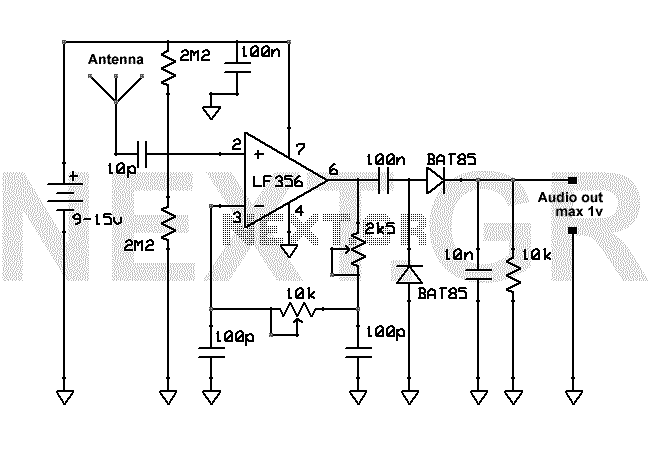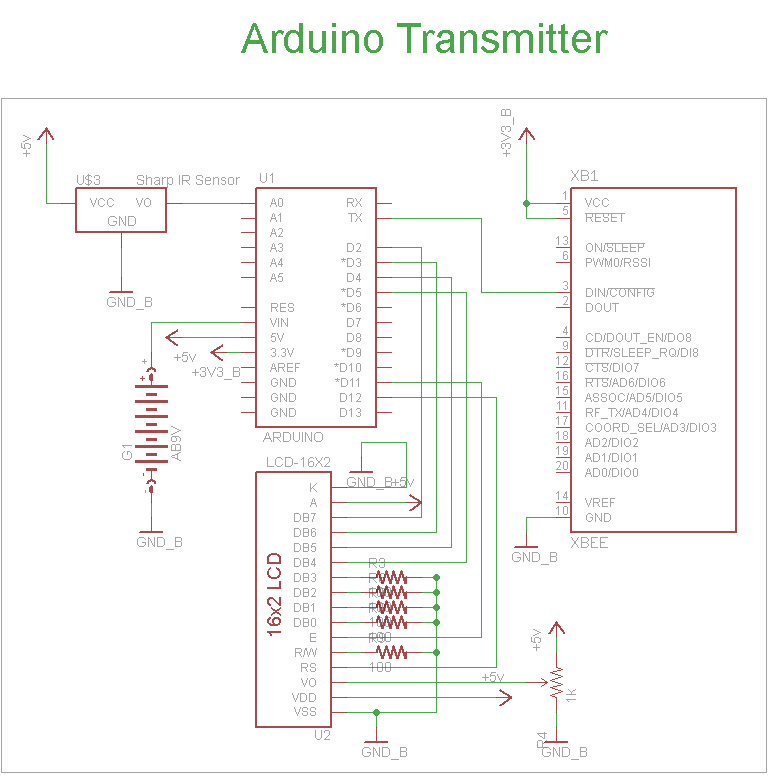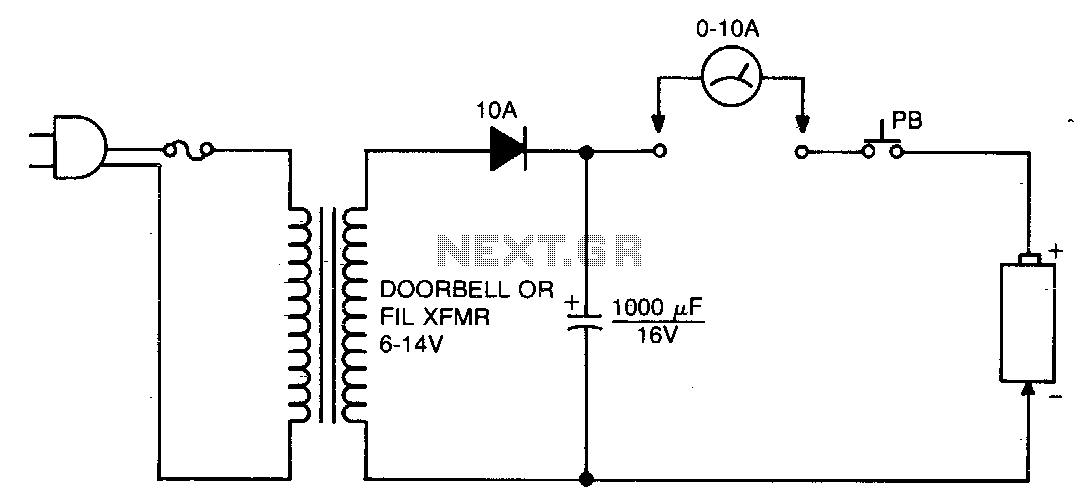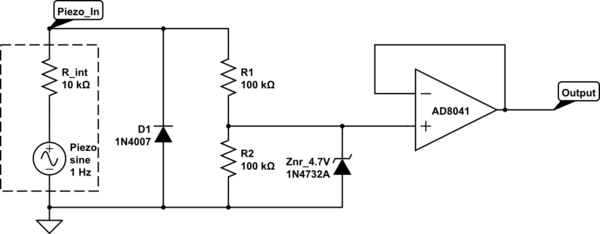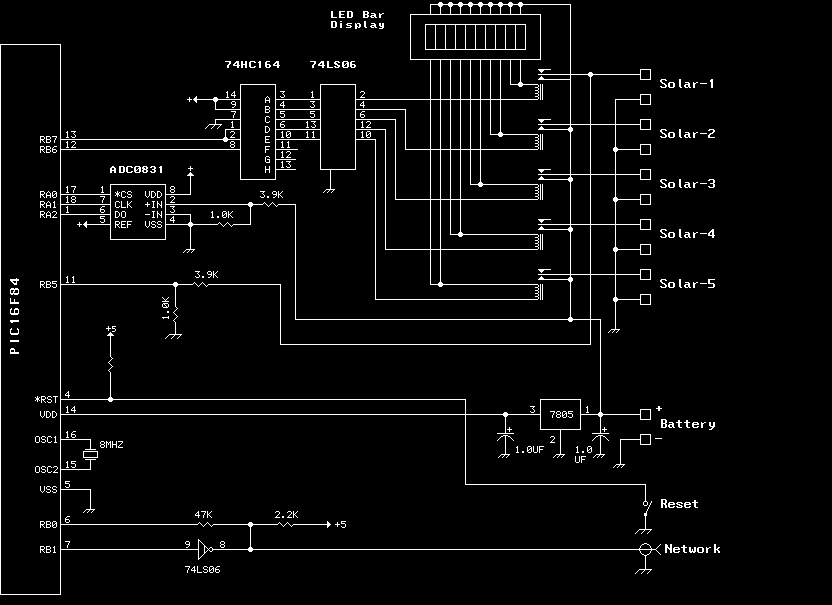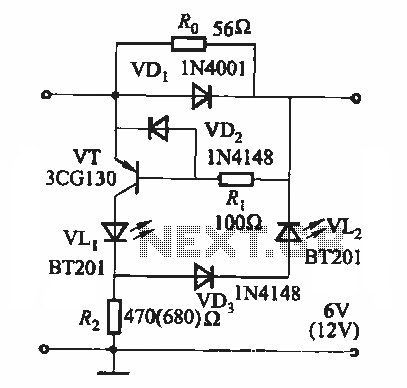
Simple Battery Charger With The Temperature Sensor
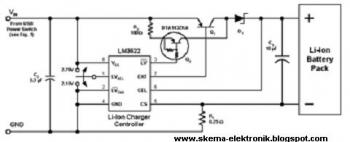
The following circuit illustrates a simple battery charger equipped with a temperature sensor. This circuit is based on the LM350 integrated circuit. Features include negative...
The circuit utilizes the LM350 voltage regulator IC, which is known for its ability to provide adjustable output voltage and current regulation. The configuration includes a temperature sensor, which serves to monitor the battery temperature during the charging process. This is crucial for safety, as overheating can lead to battery damage or failure.
The primary components of the circuit include the LM350, resistors for setting the output voltage, capacitors for stability, and a temperature sensor such as the LM35, which outputs an analog voltage proportional to the temperature. The LM350 is connected in a typical linear voltage regulator configuration, where the input voltage is applied to the input pin, and the output voltage is taken from the output pin after passing through the resistive divider network.
The temperature sensor is connected to a microcontroller or comparator circuit, which can shut down the charging process if the battery temperature exceeds a predetermined threshold. This feature enhances the safety of the charging system by preventing thermal runaway conditions.
Additionally, the circuit may include LED indicators to show the charging status, as well as protection diodes to prevent reverse polarity connections. Proper heat sinking for the LM350 is also recommended, as the device may dissipate significant power depending on the input voltage and load current.
Overall, this simple battery charger circuit with a temperature sensor is an effective solution for safely charging batteries while monitoring their temperature to prevent damage.The following circuit shows about Simple Battery Charger With The Temperature Sensor. This circuit based on the LM350 IC. Features: negative .. 🔗 External reference
The circuit utilizes the LM350 voltage regulator IC, which is known for its ability to provide adjustable output voltage and current regulation. The configuration includes a temperature sensor, which serves to monitor the battery temperature during the charging process. This is crucial for safety, as overheating can lead to battery damage or failure.
The primary components of the circuit include the LM350, resistors for setting the output voltage, capacitors for stability, and a temperature sensor such as the LM35, which outputs an analog voltage proportional to the temperature. The LM350 is connected in a typical linear voltage regulator configuration, where the input voltage is applied to the input pin, and the output voltage is taken from the output pin after passing through the resistive divider network.
The temperature sensor is connected to a microcontroller or comparator circuit, which can shut down the charging process if the battery temperature exceeds a predetermined threshold. This feature enhances the safety of the charging system by preventing thermal runaway conditions.
Additionally, the circuit may include LED indicators to show the charging status, as well as protection diodes to prevent reverse polarity connections. Proper heat sinking for the LM350 is also recommended, as the device may dissipate significant power depending on the input voltage and load current.
Overall, this simple battery charger circuit with a temperature sensor is an effective solution for safely charging batteries while monitoring their temperature to prevent damage.The following circuit shows about Simple Battery Charger With The Temperature Sensor. This circuit based on the LM350 IC. Features: negative .. 🔗 External reference
